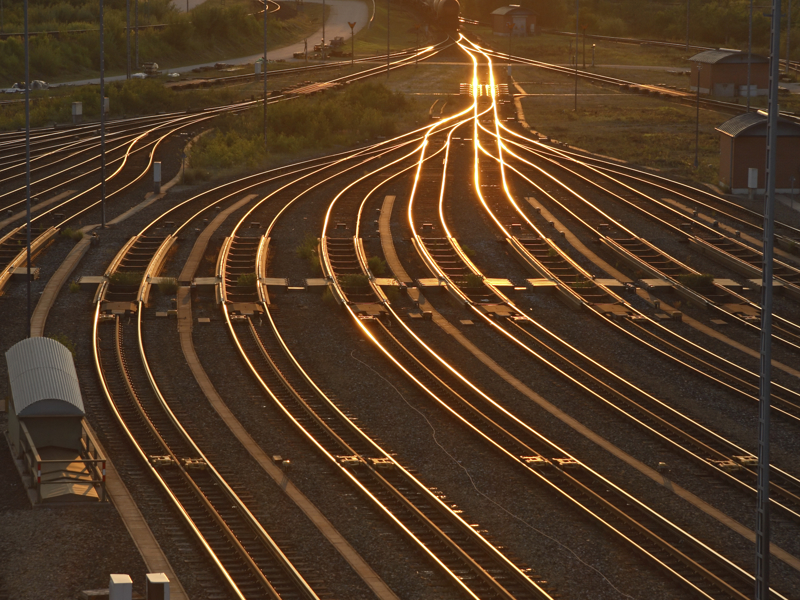Amey Infrastructure Wales (AIW) is managing the ambitious programme on behalf of TfW, with Amey Consulting carrying out design and Amey Rail undertaking construction. Working to a tight budget, Amey Consulting’s designers are adopting a smart approach wherever possible to keep costs to a minimum and minimise the project’s carbon footprint.
Electrification is at the heart of the CVL renewal. It is a complex undertaking involving a comprehensive resignalling of the network, construction of a new control centre, and installation of a new telecoms system. But Amey is finding ways to cut costs and add value to every aspect of the project, right down to the design of the foundations for the overhead line equipment (OLE) supports.
The electrification involves running live overhead cables above the track, supported by 3000 steel structures across the network. There is an inherent risk in installing foundations in areas where there are know historic mine workings and the potential for collapse into shallow underground voids. This would be a catastrophic outcome and to mitigate a shallow concrete pad solution was proposed in order to reduce the risk and interface with these historic mine workings. The pads typically measure 4.5 x 3 x 1.05 metres and weigh up to 36 tonnes. From the start, Amey was conscious that the manufacture, transportation and handling of so much concrete would be costly in terms of material, labour, resources and carbon emissions.
The CVL is an ageing network running north of Cardiff Queen Street to stations including Treherbert, Aberdare, Merthyr Tydfil, Coryton and Rhymney. Much of the terrain is hilly or constrained by valleys and rivers, and much of it is criss-crossed by old mine workings. These conditions would make the installation of thousands of heavy concrete blocks even more cumbersome, expensive, and risky. As the design phase progressed, the designers began to consider a smarter alternative.
The team conducted a risk assessment at the locations of the planned supports, using a geographical information system (GIS) to collate geological and mining data from multiple sources. This data was cross-referenced with information from bore holes to assess whether mine seams and underground outcrops posed a hazard to the proposed construction works. (Data from the GIS has informed ongoing probe drilling to further assess the potential for shallow mine workings.)
It quickly became clear that in many locations, installing concrete pads was simply not viable due to space constraints, steep slopes, lack of access and cost. Instead, the Amey team proposed replacing them with steel columns, technically known as circular hollow section (CHS) piles. Each pile is 610mm in diameter and around four metres long. The designers found that the piles were easier to integrate into the OEM infrastructure design, and offered several other valuable benefits.
In terms of cost, for example, the piles offer a massive saving – a pile is approximately 10% the cost of a concrete foundation. There is also a significant saving in time, labour and equipment. Installing the piles is easier, quicker and safer, and requires very little by way of heavy machinery – basically just a piling rig. A concrete pad takes 17 workers in two shifts to install, compared to 1.7 for a pile. This means that in a single night, a 17-strong team could potentially install 10 piles for every pad.
In addition, swapping concrete for steel slashes greenhouse gas emissions. Using the Rail Carbon Tool, Amey estimates that manufacturing a steel pile produces 3331 kgCO2e compared to 5969 kgCO2e for a concrete pad.
Through intelligent use of data and analytics, Amey Consulting was able to identify a problem and devise an innovative solution that produces multiple benefits for the project, the client and the environment.
